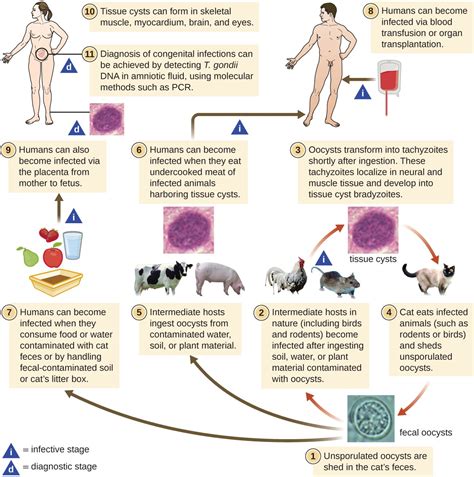What’s the Scoop?
Cat litter, an essential part of any cat owner’s household, can harbor a variety of parasites that can infect both cats and humans.

Types of Parasites Found in Cat Litter
- Toxoplasma gondii (Toxoplasma)
- Roundworms
- Hookworms
- Tapeworms
- Giardia
Toxoplasma: The Stealthy Invader
Toxoplasma, a single-celled parasite, is one of the most common found in cat litter. It can cause a wide range of symptoms in humans, including flu-like illness, seizures, and even blindness.
How to Prevent Toxoplasmosis
- Wear gloves when changing cat litter.
- Wash your hands thoroughly after handling cat litter.
- Avoid contact with cat feces.
Roundworms and Hookworms: Intestinal Intruders
Roundworms and hookworms are intestinal parasites that can cause vomiting, diarrhea, and weight loss in cats. They can also transmit diseases to humans, such as hookworm anemia.
How to Prevent Roundworm and Hookworm Infections
- Deworm your cat regularly.
- Keep your cat’s litter box clean.
- Practice good hygiene.
Tapeworms: The Long, Flat Menace
Tapeworms are segmented parasites that can grow up to several feet in length. They can cause abdominal pain, weight loss, and diarrhea in cats.
How to Prevent Tapeworm Infections
- Feed your cat a diet that is free of raw meat.
- Use a flea control product on your cat.
- Deworm your cat regularly.
Giardia: The Waterborne Parasite
Giardia is a protozoan parasite that can be found in both water and soil. It can cause diarrhea, abdominal pain, and nausea in cats and humans.
How to Prevent Giardia Infections
- Provide your cat with clean water.
- Keep your cat’s litter box clean.
- Wash fruits and vegetables thoroughly before eating them.
Conclusion
Cat litter can be a source of parasitic infections for both cats and humans. By following these simple tips, you can help protect yourself and your pets from these harmful parasites.





















